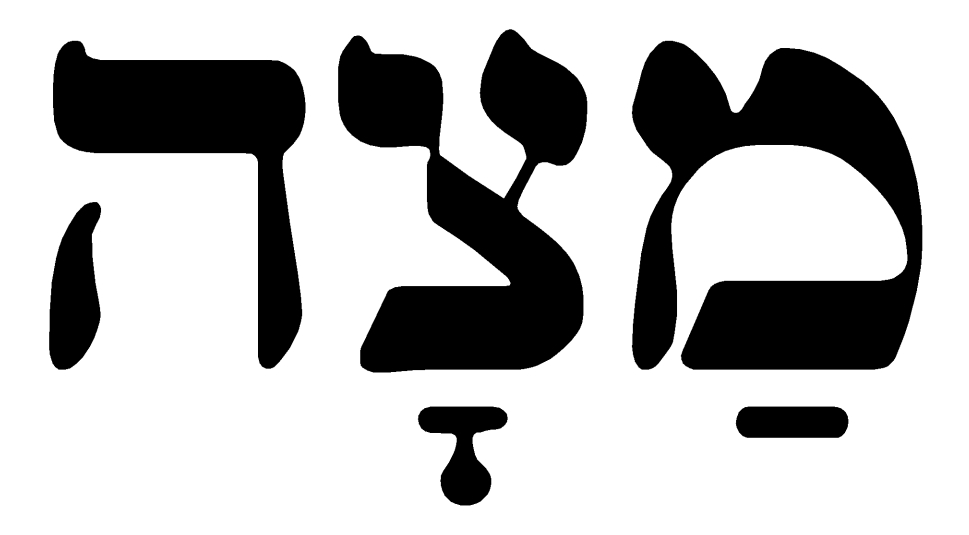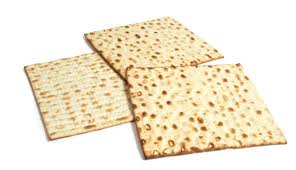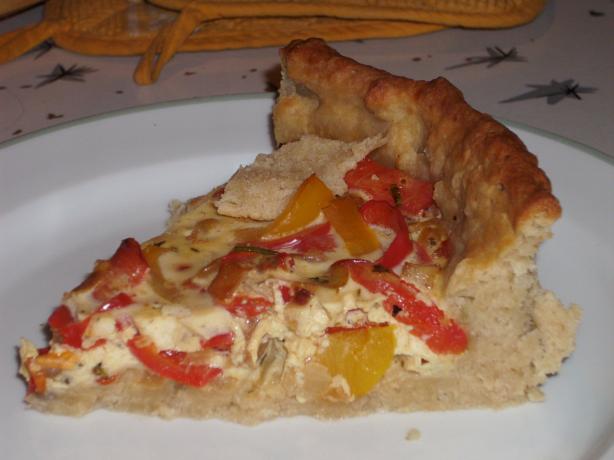By Eugene Volokh September 21, 2010 5:30 pm
Source: http://volokh.com/2010/09/21/three-starches/
I’ve never been that fond of the standard American starches, steamed rice or mashed potatoes — except when they have so much tasty stuff mixed into them that either (1) they’re a good deal less healthy, or at least (2) more time-consuming to make. But I recently tried some quinoa, and liked it very much, and it reminded me also how much I like buckwheat and couscous.
Couscous, of course, is basically just very small noodles, but I like it a lot more than spaghetti and similar noodles, perhaps because of its slightly more grainy consistency. Buckwheat and quinoa are functionally grains, much as barley would be, though they are botanically different enough that they are called “pseudo-cereals.”
I’ve eaten buckwheat all my life, since it’s a staple of Russian cooking (and is sometimes known to Americans, via the East European Jewish immigration, as “kasha,” which is just Russian for “cereal” generally). I might therefore be biased about it, but I find it has an interesting flavor, which I like much better than rice. Quinoa, an Andean grain, is a new discovery for me, but I like its flavor and its slightly crunchy consistency.
All three are also very easy to make. Couscous can be covered with the right amount of boiling water or stock and then set to absorb the liquid for several minutes. Buckwheat and quinoa would usually be boiled in water or stock for about 15 minutes, until all the liquid is absorbed. I’ve never had trouble with their sticking to the pot, which rice sometimes tends to do.
I would recommend that you make all of them with stock — whether from canned chicken, beef, or vegetable stock, boullion cubes, or prepared stock paste in a jar — rather than with water. Depending on the stock you use, you might not even need to salt them. In any case, if you haven’t tried them, you should.
Continue reading Three Starches
Like this:
Like Loading...

 At the Seder, three pieces of matzah are prominently displayed, reminding Jews of both the three Biblical classes of Jews (Priest, Levite and Israelite) and of the three epochs (Eden, Historic time, and the Time of the Messiah).
At the Seder, three pieces of matzah are prominently displayed, reminding Jews of both the three Biblical classes of Jews (Priest, Levite and Israelite) and of the three epochs (Eden, Historic time, and the Time of the Messiah).






























